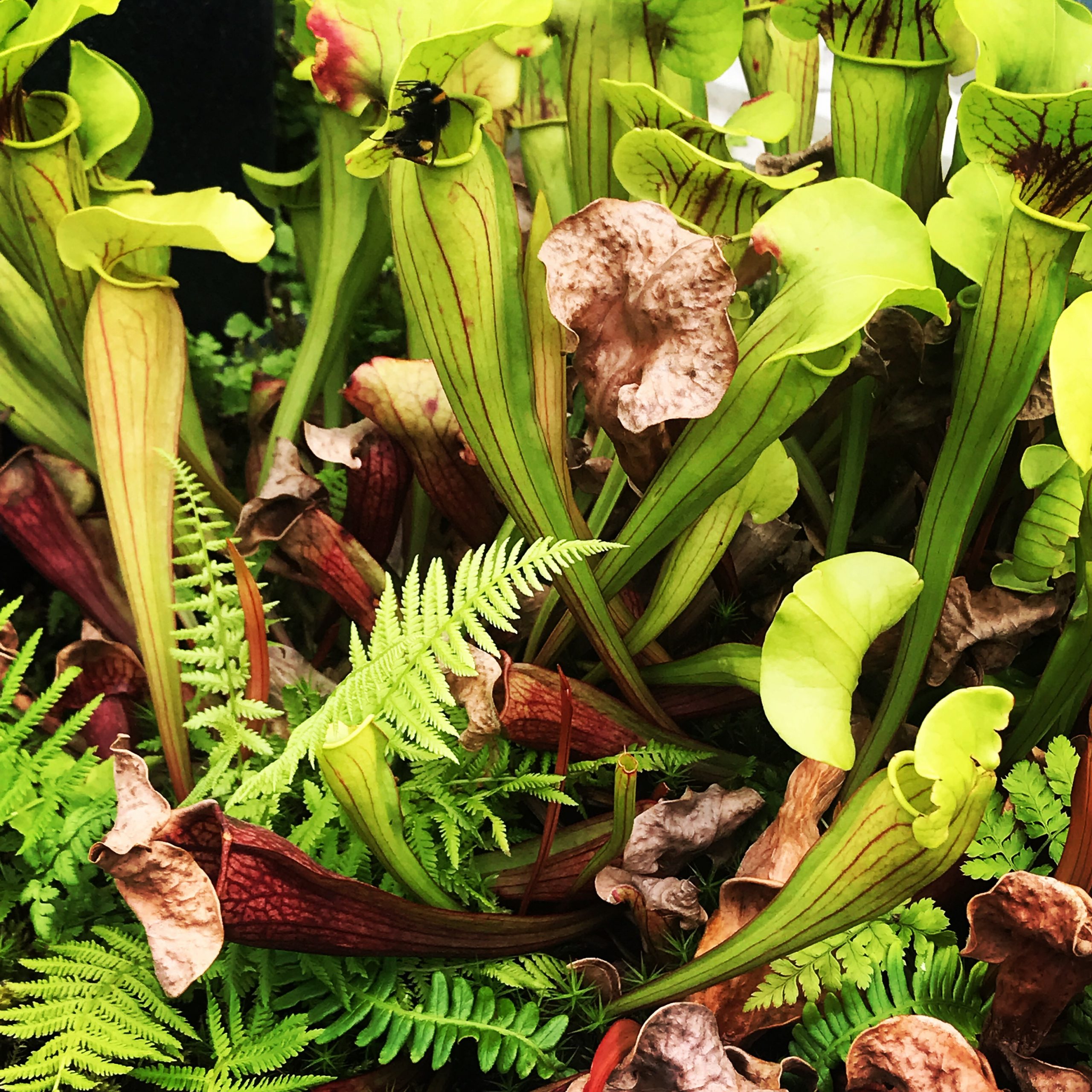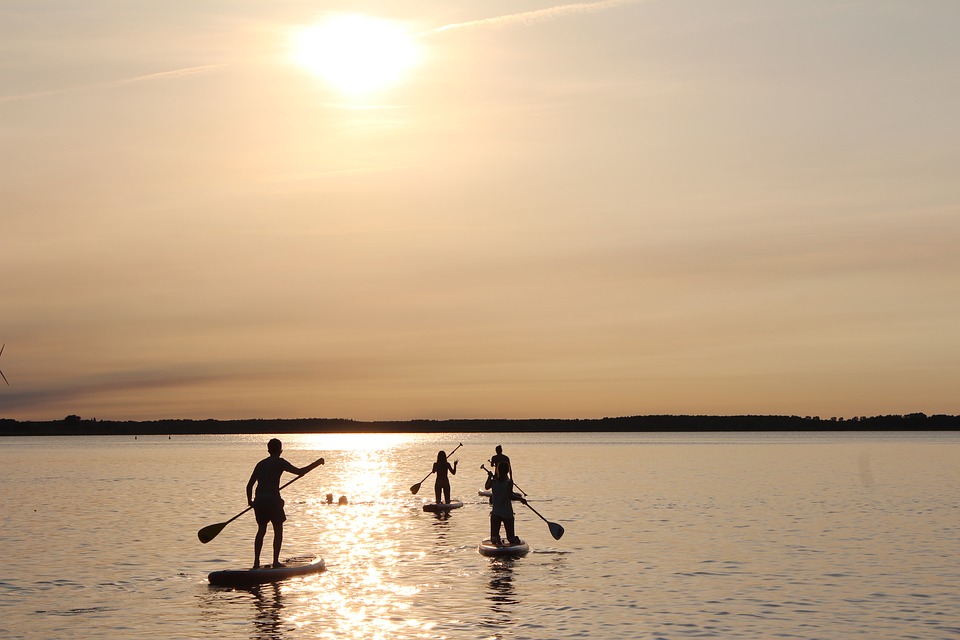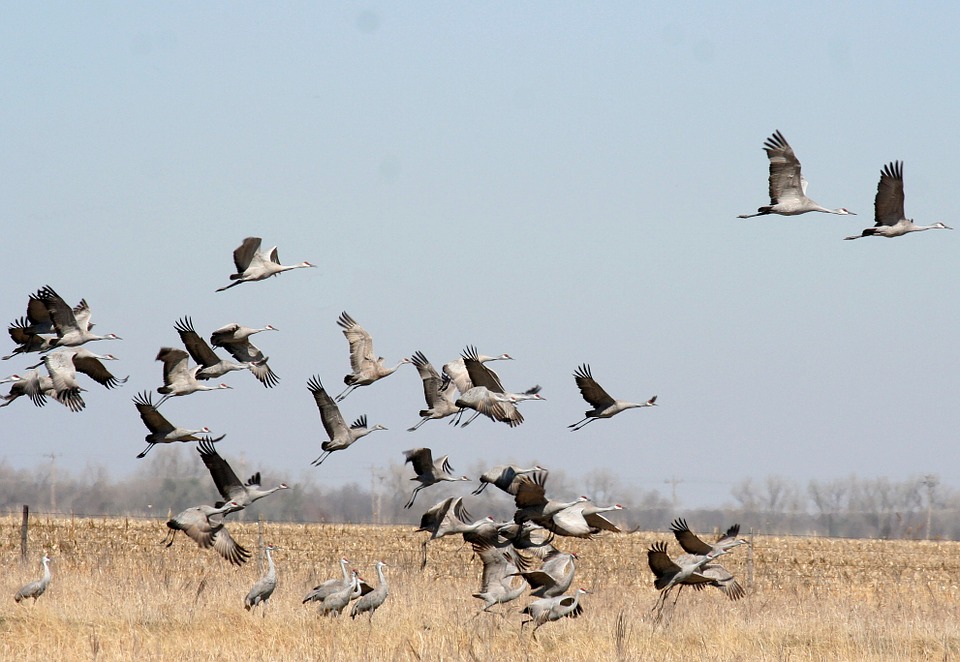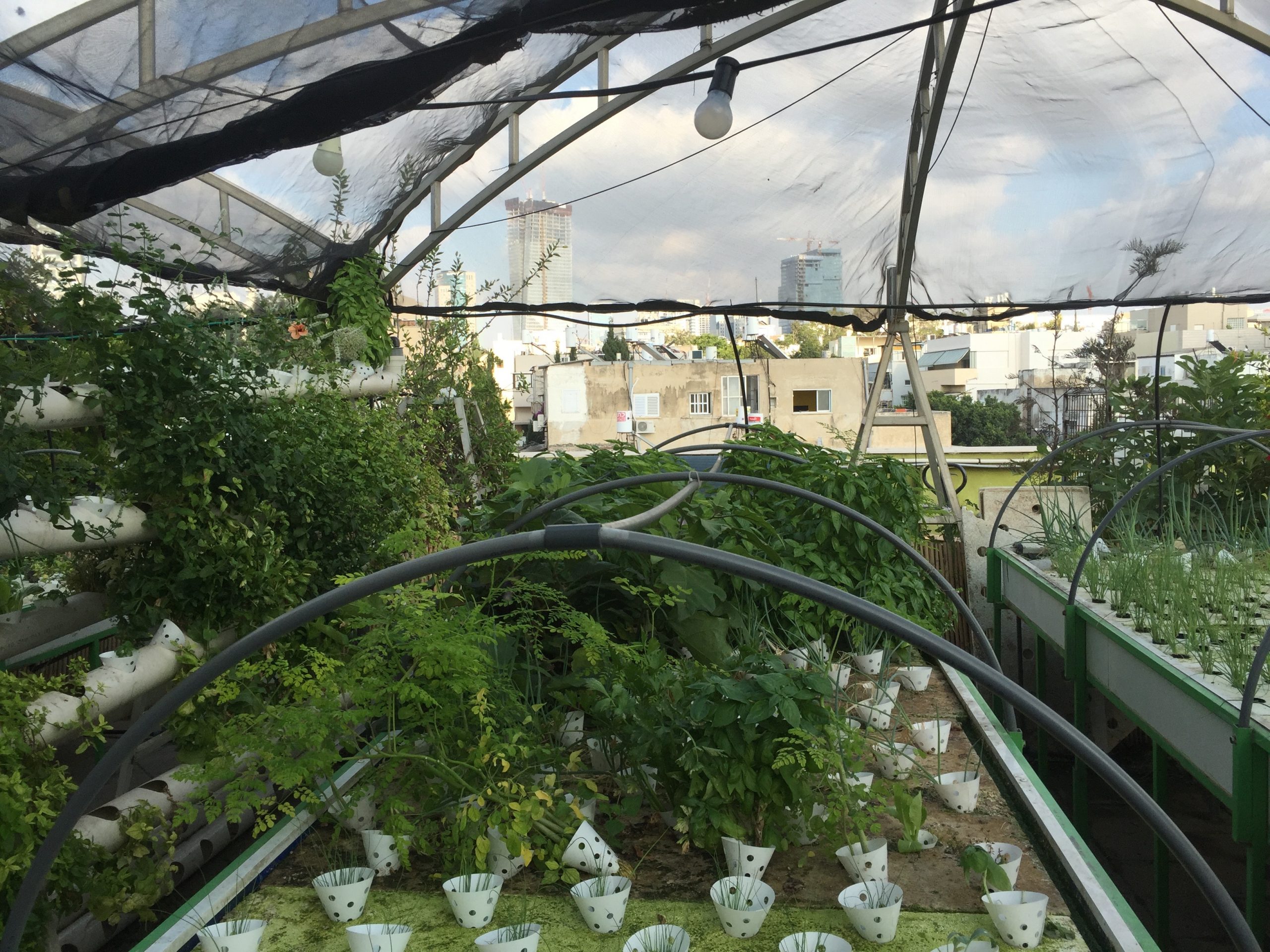
Back (in)to Nature – microadventures bridge the gap
Everyday life is stifling, routine is boring, the comfort zone lulls us. How beneficial small escapes can be, how easy it is to break out of the everyday rhythm and how healthy nature has an effect on our well-being has been scientifically documented many times over – you just have to get out of the rut for a moment. We present five current trends and tips on how to integrate nature more into your day-to-day life again.
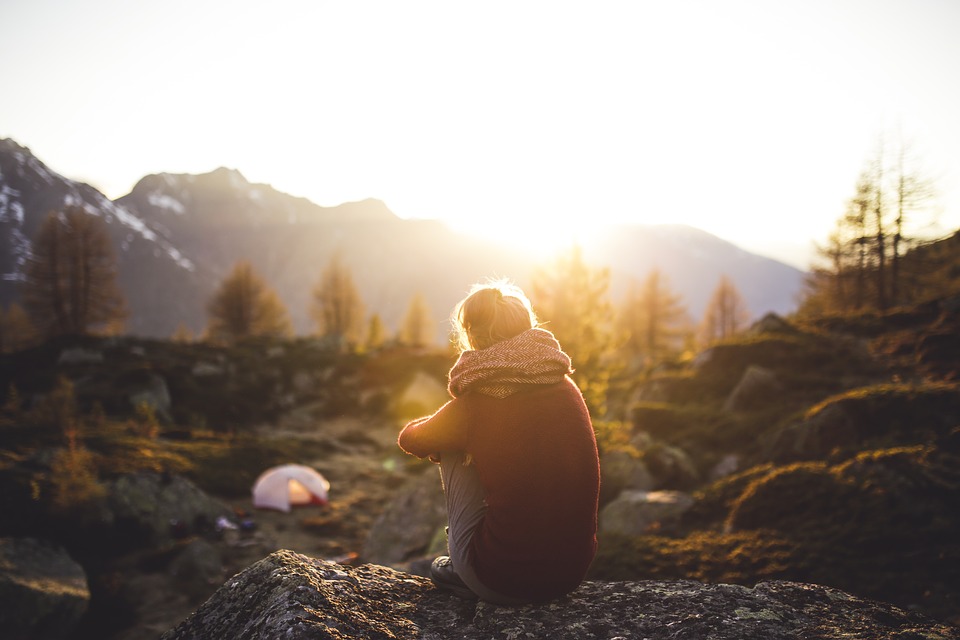
Paced, predictable, automated, calculated – our everyday life can often be described as monotonous and free of surprises as the development of an account after a fixed-interest savings contract. Rhythm and routine are not wrong per se, they establish valuable limits, such as working hours and the end of the day, offer reliability, give our lives structure and security. And yet time feels like it flies when the days are almost always the same. “Psychologically speaking, our time only flies so fast when we don’t experience anything new. At some point, routine sets in and solidifies as boredom and stagnation,” says business information scientist and management consultant Saddia-Kiran Malik in an interview with the Zukunftsinstitut. “If we switch to autopilot mode too often, this not only paralyses our creativity, but also deceives our perception – and the clock seems to tick faster.”
Unsuccessfully, we try to compensate for what we have missed or not experienced in front of the screens. Instead, we desperately need personal challenges and new impulses for further development, as neurological studies show. The excessive digitalisation of our everyday life further promotes a need for real experiences. In addition, we are so overstimulated by light and sound, technology and work, social media and mental loads that we find it difficult to truly switch off. But not in nature. By concentrating on the vegetation, we are able to forget everything else and clear our minds. Just as the US writer and philosopher Henry David Thoreau went to the woods in 1845 to find inner peace (as can be read in his famous work “Walden, or Life in the Woods“), we still long for nature today when duties, routine and pressure to perform become a burden – or our strongholds crumble. Especially in times of crisis, whether personal or global, we develop a need for grounding that literally takes us out into nature.

Microadventures – small adventures on the doorstep
A solution approach that takes up both theories, the calculated breaking of routine as well as the short-term retreat into nature, comes from Alastair Humphreys. In his 2014 book “Microadventures”, the adventurer and author shows ways to very simply but effectively break out of everyday life and comfort zones by, for example, spending a night under the open sky or following an unknown river course. Microadventures are small, local and inexpensive, start literally on your doorstep and can be integrated into any daily routine. Regularly leaving one’s routine, experiencing things for the first time or in a new way, leads to a more intense perception of the environment and of ourselves: “You become more mindful, learn to trust your intuition again, to think ‘out of the box’,” Malik also claims: “Microadventures catapult us into the present, let us focus on the positive things, boost our concentration, make us more productive and protect us from burning out.” You can find ideas for microadventures in Humphrey’s books and connect with like-minded people in Facebook groups.
Urban Farming: How urban gardening looks like today
 And if humans don’t go to nature, nature comes to humans: urban gardening is in vogue, both in the socio-cultural and architectural sense. The growing number of people, urbanisation and climate change are gradually demanding a rethink. So not only some supermarkets are now greening their flat roofs, enlightened city dwellers are also using their balconies for self-supply. They are interested in a healthy lifestyle and question the products and their origin they consume.
And if humans don’t go to nature, nature comes to humans: urban gardening is in vogue, both in the socio-cultural and architectural sense. The growing number of people, urbanisation and climate change are gradually demanding a rethink. So not only some supermarkets are now greening their flat roofs, enlightened city dwellers are also using their balconies for self-supply. They are interested in a healthy lifestyle and question the products and their origin they consume.
Urban farming, the cultivation of fruit and vegetables in urban spaces, is therefore not a step backwards in civilisation, but an attempt to optimise urban living culture and the logical consequence of rotten meat scandals and tasteless greenhouse tomatoes. But also an answer to crises and food shortages. Dickson Despommier has been researching in this context at Columbia University in New York for around 40 years. The scientist is considered a visionary in urban agriculture and assumes that the future lies in vertical and soil-free cultivation, as the title of his book “Vertical Farm: Feeding the World in the 21st Century” promises. “The idea of producing crops not near the ground but instead in hanging pots or even in water is not new,” Despommier points out in interviews, “you can cultivate pretty much any crop in nutrient solution. It just hasn’t been done before because there was no need. Today, however, we are in a crisis due to climate change and the scarcity of resources.”
In fact, plants do not need soil at all, but nutrients, oxygen and light. Soil-free, so-called hydroponic systems function in a resource-saving, almost self-sufficient way and promote plant growth enormously. You can hardly do anything wrong here. Once in the cool water, the seedlings take care of themselves. Moreover, stacked basins increase the surface area for cultivation many times over. Many city dwellers are now creating their own planting systems and becoming self-suppliers. But even without direct benefits, vertical gardens are fun and make sense: they swallow the noise of the city and clean the air by producing oxygen and binding a fair amount of fine dust and CO2. For the colder time zones, one should keep indoor alternatives or a small greenhouse kit at the ready. The necessary equipment, from small starter sets to ecological nutrient solutions, can be found in well-stocked DIY stores and garden centres.
Birding – a new take on an old hobby
A hobby that is currently getting rid not only of its dusty following but also of its uncool name is bird watching or “birding” for short. Accordingly, anyone who observes birds is a so-called “birder”, and the number is growing steadily. However, the standard of a birder can vary greatly. So-called twitchers or spotters travel the world for rare target species, while less ambitious amateur ornithologists sometimes drift aimlessly and let themselves be surprised by the birds.
Many bird lovers record and share the appearance, discovery data and presumed species of their discoveries via app or organise themselves in groups for joint stalking. In Germany, the Dachverband Deutscher Avifaunisten (umbrella organisation of all ornithological associations in Germany) is registering an increased number of members – to name a very official indication of the bird hype. So birdwatching is a switch-off with added value. Because the sense of achievement is guaranteed, everyone sees a bird. Another advantage of this leisure activity is that you can do it wherever you are.
The best-known areas for birdwatching are probably the Galapagos Islands, Africa, Costa Rica and the Amazon. Albatrosses and the migration of penguins attract nature lovers to Antarctica, a spectacular spot in late summer is the nesting Crimson Bee-eaters in Zambia, while the Common Guillemots jump off the rocks on the German island of Helgoland. But lesser-known destinations such as Sri Lanka and Borneo, or closer to home in Europe, also have impressive bird populations. In Germany, many birds can be seen: White storks in summer, many songbirds, birds of prey and waterfowl, owls and hawks. In spring, migratory birds from Africa, Portugal, Spain and France come to breed, in autumn those from Scandinavia to spend the winter. The easiest time to observe birds is even in winter, when the leafless branches give a clear view. Over 40,000 birds of around 130 different species are observed every year.
And even in the city, the bird hobby has become a mega-trend, as there are now even more species to observe than in the surrounding countryside, which is related to the lack of over-fertilisation in urban areas – not only pigeons, sparrows and crows can be found here, but also swifts, swallows, hawks, falcons, escaped parrots and parakeets, for example.The right birding group is easily found via social media.
Forest bathing: The trend from Japan
“Shinrin Yoku” is the name of a new trend that can be translated as “taking a bath in the forest atmosphere” – or in short, forest bathing. What has been recognised in Japan since the 1980s as a promoted therapy and recreation concept is also becoming increasingly popular here, because the healing effect of the forest atmosphere has been proven in numerous studies: Lowering blood pressure, reduced stress hormones, a strengthened immune system and better moods are just some of the positive effects that research results attribute to the intensive sensory perception in the forest.
You don’t need a nature-mystical attitude to take a bath among the trees; the special indoor forest climate is convincing by itself. While the leaf crowns dim the incoming light and filter pollutants from the air, up to 500 litres of water per tree evaporate during the day. This ensures cooler temperatures, fresher and more humid air and produces oxygen and essential oils along the way. “The terpenes they contain not only stimulate the production of the so-called killer cells, which strengthen our immune defences. Together with the earth and the musty vegetation, they also produce this very special and unmistakable smell, which has positive connotations for most people and is associated with nature, sometimes even childhood,” says Lia Braun, a qualified psychologist, sociotherapist and Forest Therapy Guide since 2016.
Our other organs also receive the surface of the biochemical processes in the forest, the swaying and rustling, vibrating, crackling and steaming. This all-encompassing sensory stimulation is able to marginalise the challenges of everyday life; we are better able to view them from a distance and with more clarity. Suddenly we remember that we are also a part of nature and that it is not just a resource for us. Whether to switch off or to return to nature – forest bathing can now be done almost anywhere. Lia Braun, for example, offers guided Shinrin Yoku in Berlin’s Düppeler Forst, click here for her schedule.
Outdoor Sports Trends Hiking and (Winter) SUPing
When at the very beginning of the first lockdown small outdoor fitness spots with horizontal bars and punching bags suddenly popped up like snowdrops from the still winter-hard ground, this was not only due to spontaneous pragmatism, but followed the continuing trend to do everything outdoors in the fresh air. Hiking has always been one of the most popular physical outdoor activities. Since around 2015, the Hiking Association and the Alpine Club (both in Germany) have recorded strong growth in all age groups.
More than 70 percent of Germans now regularly go for speedy, focused walks. The motives are manifold and obvious: escape from everyday life, clear your head, relieve stress, exercise in the fresh air, push your limits, discover landscapes, experience nature. Simply: do something for body and mind. What’s more, the hurdles are low: hardly any costs, risks or barriers. Instead, the rigorous walking builds on man’s natural locomotion and generates feelings of happiness, that has been scientifically proven. You can determine the pace, the route and the company yourself, which is why hiking has become a hip individual sport and is now considered meditative instead of boring. In winter, of course, you should make sure you have the right equipment and, if possible, don’t set off alone in case something happens.
There is another sport that is becoming increasingly popular, for similar reasons: Stand Up Paddling can be perfectly adapted to individual possibilities and needs and does not require a high fitness level. It’s also a lot of fun and the flowing movement in a natural environment is good for you. In winter, the special thing about it is the peace and quiet. Normally, there is a lot of movement and a corresponding background noise due to boat and ship traffic on most larger waters, canals and lakes. This is virtually absent in winter.
“Often you even have the water completely to yourself and don’t even hear birdsong,” says professional SUPer John Meissner of SUP Trip in Potsdam, “You can concentrate even better on yourself and your balance.” That sounds incredibly appealing. But a tour in icy cold conditions also harbours dangers and is therefore not suitable for beginners. It’s better to improve your skills in summer to the point where you feel reasonably safe. Especially in winter, it is better to go in pairs or in a group so that you can help each other if someone does end up in the water. If you are unsure, it is also advisable to paddle close to the shore. Essential equipment includes a waterproof dry suit (not neoprene, which is more suitable for water sports), functional underwear, a waterproof mobile phone and a leash between foot and board.
You may also like
Urban Farming is Booming with Hydroponics and Aquaponics
In Paris the world’s biggest rooftop farm for fruit and vegetables with 14,000 m2 opened its doors



